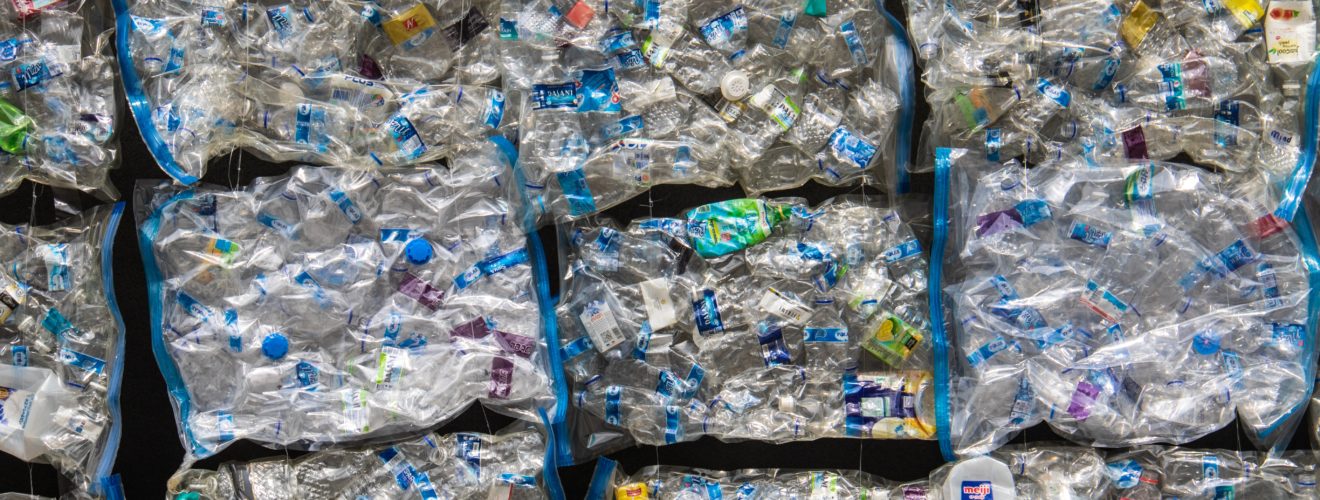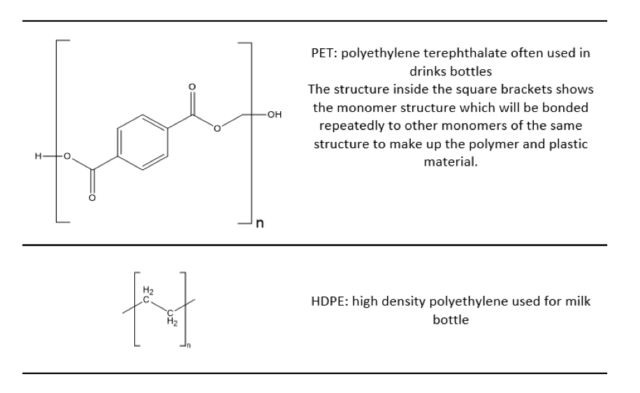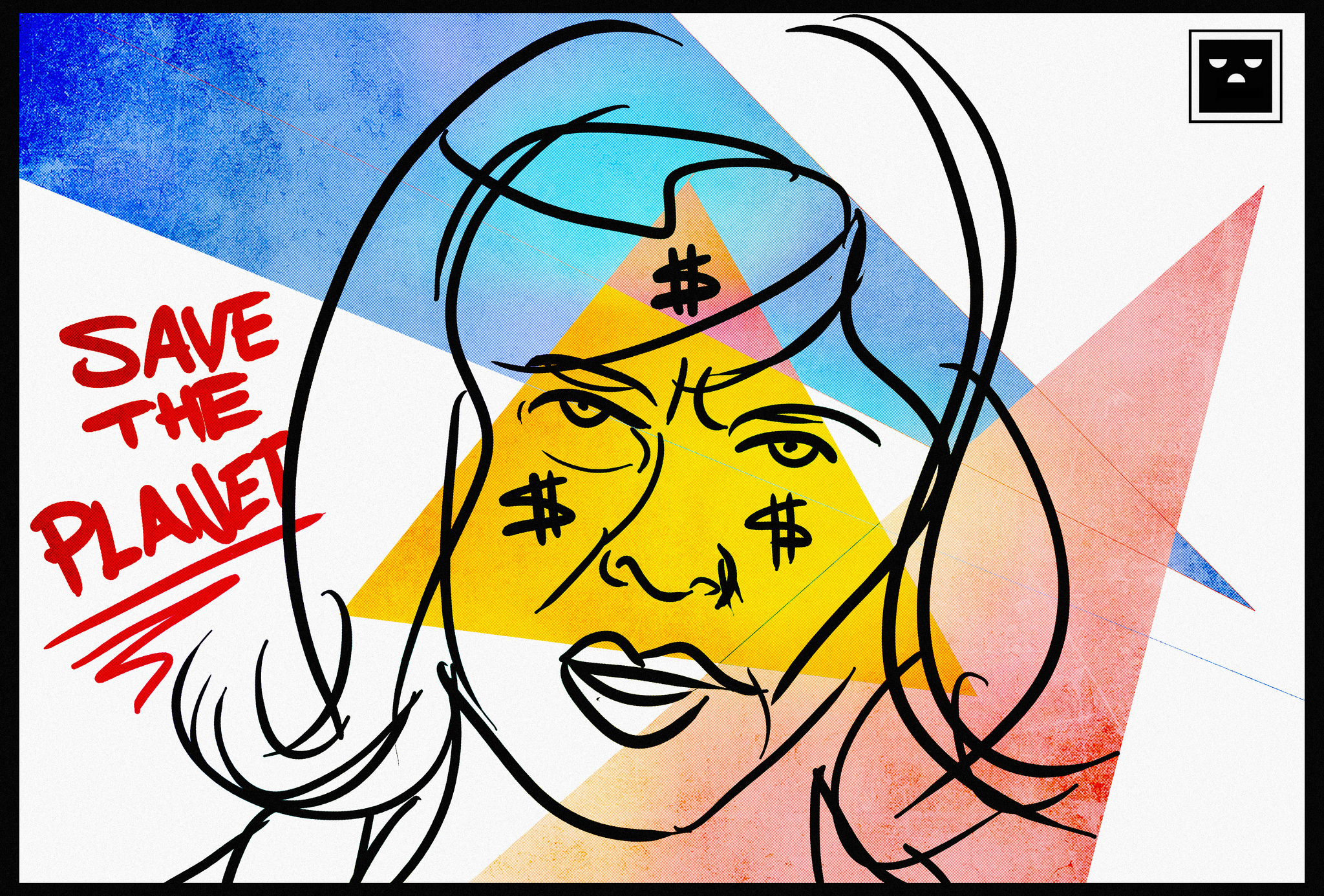Recycling is not a perfect solution for plastic waste

The famous three Rs – Reduce, Reuse, Recycle – were not created equal. Recently, there has been a shift to favour reducing and reusing, such as the 5p carrier bag charge and the emergence of new zero-waste shops. Despite our reliance on recycling, it is not a perfect system. Too much waste is being produced to manage effectively, leading to excessive plastic waste in the oceans and other natural habitats.
It is easy not to think about what happens after bin day when our plastic is on the way to get recycled: this need for transportation alone reduces the effectiveness compared to reducing and reusing waste. Waste intended for recycling often gets taken to large recycling plants in Europe or Asia, racking up its carbon footprint before the process of recycling has even begun. In 2019, the UK exported 0.5 million tonnes of plastic waste to several countries, including 19% to Turkey1.
In addition to this, the waste we send overseas is sometimes incinerated or put into landfill due to contamination, meaning it cannot be recycled despite our best intentions. Perhaps it is time to stop selling so much of our rubbish overseas and instead take responsibility for what is ours – maybe when it is the UK’s landfills that are becoming filled we’ll take bin day and recycling more seriously.

Not all plastic is alike
Despite using the same word for all plastics, they do not have the same composition so they can’t all be lumped together, heated up, and remoulded with a new lease of life. The need to separate plastic increases the energy requirements of recycling by adding more steps. So whilst recycling is slightly reducing landfill waste, it is important to acknowledge that it is an energy intensive process. When we dump all our plastic into the same box, we don’t appreciate the variety of plastics we are putting in. Some places, however, are separating household waste before it reaches landfill, to make recycling a more efficient process. In Kamikatsu in Japan, the onus is on the households to separate their recycling into 13 separate categories, and further subcategories, so they can recycle as much of their waste as possible – in 2016 it was reported that 81% of their waste produced was recycled2.
Many argue that this type of waste separation would not be a viable system in large capital cities. However, it does highlight the complexity of recycling and the materials we use, so we can reconsider our own recycling process. For instance, if we called plastics by their names – such as HDPE, LDPE, PVC – maybe we would appreciate the complex task of recycling and begin to favour reducing or reusing plastic packaging in areas that are non-essential.
Another complication of plastic separation is the wide variety of colours used which also need to be separated. Products using black plastic are especially problematic as these cannot be recognised by the sorting systems currently used in recycling plants. This means that they get sent straight to landfill – along with other contaminated and unwashed plastics. Coloured plastic is often used for marketing and branding purposes, therefore one way to streamline recycling systems would be to ban all non-essential coloured plastic packaging, as was done in South Korea this year3.
The hope in South Korea is for brands to use this as an opportunity to innovate eco-friendly designs, as well as making recycling more effective. Walking down a supermarket aisle where all the drinks bottles are clear plastic is a small price to pay in return for better recycling.
Circular Economy
Moving towards a circular economy could be the positive change we need to reduce the current global waste problem. A circular economy is a “model of production and consumption, which involves sharing, leasing, reusing, repairing, refurbishing and recycling existing materials as long as possible”4.
There have been some exciting innovations which align with this model, such as the partnership of Loop and Tesco: best described as an online zero-waste shop. The idea is to deliver products in refillable containers to your door which are then taken away once you’ve used up the product, much like milkmen used to do. This is another opportunity for packaging design to be reinvented and improved with the environment in mind. Haagen-Dazs, for example, has developed a reusable aluminium ice cream container that claims to keep ice cream at an optimal temperature. For these initiatives to have a significant impact, it would need to be both affordable and convenient.
Moving away from single-use plastics gives us the opportunity to improve these designs for consumers, as well as reducing our impact on the environment. Although, favouring reusable coffee cups and metal straws has not made enough of an impact and we need big changes from industry, much like in South Korea or with initiatives like Loop, to see the necessary changes. Recycling is not the only solution to our waste problem, and we can, and should, rethink these processes we take for granted.
As consumers, we have an oversimplified idea of recycling and using the same word for all plastics means we don’t realise the complexity of this process. We need to start prioritising reducing and reusing products instead of recycling because it is more intricate than we realise.
This article was specialist edited by Lauren Shotter and copy-edited by Richard Murchie
References
- https://commonslibrary.parliament.uk/research-briefings/cbp-8515/
- https://www.nippon.com/en/guide-to-japan/gu900039/
- https://www.foodnavigator-asia.com/Article/2020/01/31/No-colour-no-PVC-South-Korea-bans-hard-to-recycle-plastic-materials-for-F-B-packaging#
- https://www.europarl.europa.eu/news/en/headlines/economy/20151201STO05603/circular-economy-definition-importance-and-benefits











1 Response
[…] https://the-gist.org/2020/11/recycling-is-not-a-perfect-solution-for-plastic-waste/ […]